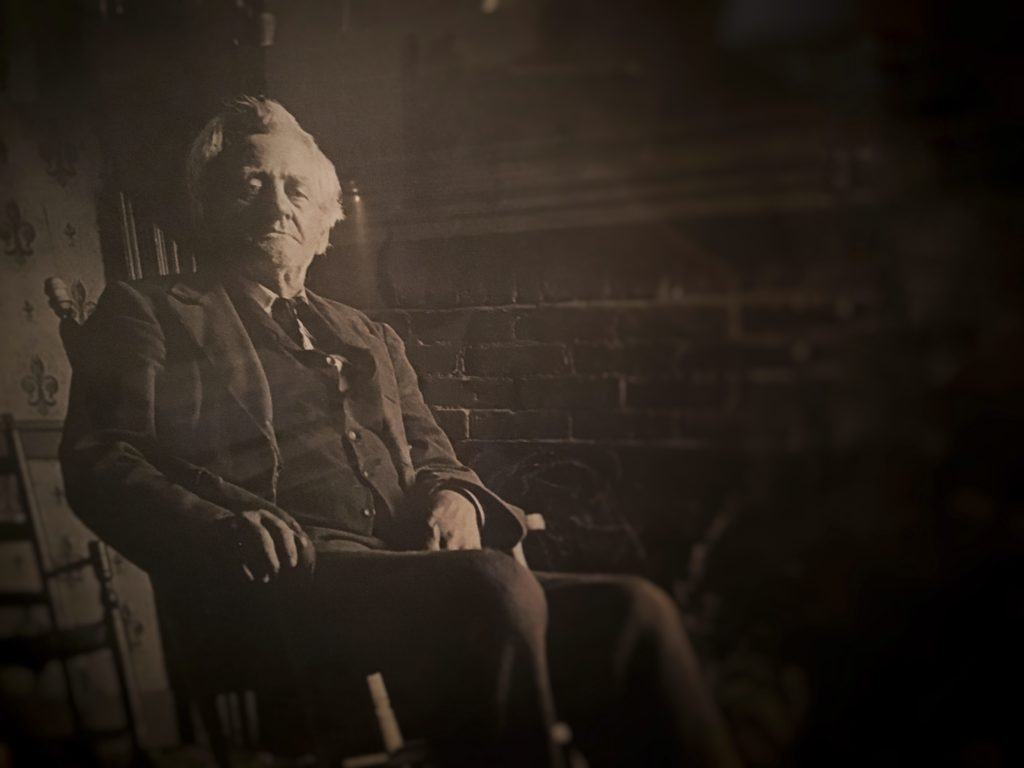
Visit Archives
The man pictured above is my great great grandfather, Lebbeus Hammond Mathews. In the generations that have passed from his time until mine, the vintage skills needed for everyday survival have vanished.
Read more
The man pictured above is my great great grandfather, Lebbeus Hammond Mathews. In the generations that have passed from his time until mine, the vintage skills needed for everyday survival have vanished.
Read more
As many of us are busy stocking up with supplies that we think we’ll need if asked to shelter in place, I was interested to find an article titled “Hints to Sportsmen” that outlines supplies needed in an emergency circa 1913. This resource gave a short description of practical advice and also outlined what would be considered an appropriate amount of rations for two men for one year. I’ve transcribed the information below so that it can be viewed on a variety of devices at a comfortable text size. The article was written in a different time and as such uses the language of the day. If my calculations are correct $172.80 went a lot further in 1913 than it does in 2020. Hopefully you’ll find this as interesting as I did.
Read more
By Ephraim Peabody
The silent wilderness for me!
Where never sound is heard,
Save the rustling of the squirrel’s foot,
And the flitting wing of bird,
Or its low uninterrupted note,
Or the deer’s quick crackling tread,
And the swaying of the forest boughs,
As the wind moves overhead.

This entry is related to the tracking series that was featured previously. I found information about common signs and signals used by Native Americans in the same resource: “Mountain Scouting – A Hand-Book for Officers and Soldiers on the Frontiers” by Edward S. Farrow, 1881. Although Farrow paints with some broad strokes, the information is interesting when taken in the context of the times.
Read more
In the fifth and final installment in our series about tracking taken from “Mountain Scouting – A Hand-Book for Officers and Soldiers on the Frontiers” by Edward S. Farrow, 1881, Farrow describes how to disguise your tracks and advises how to read the behavior of various animals you encounter along the trail and what that indicates for the trail beyond. If you missed the first four installments, please click the links below.
The Difficult Art of Tracking – Part 1
The Difficult Art of Tracking – Part 2
The Difficult Art of Tracking – Part 3
The Difficult Art of Tracking – Part 4
Read more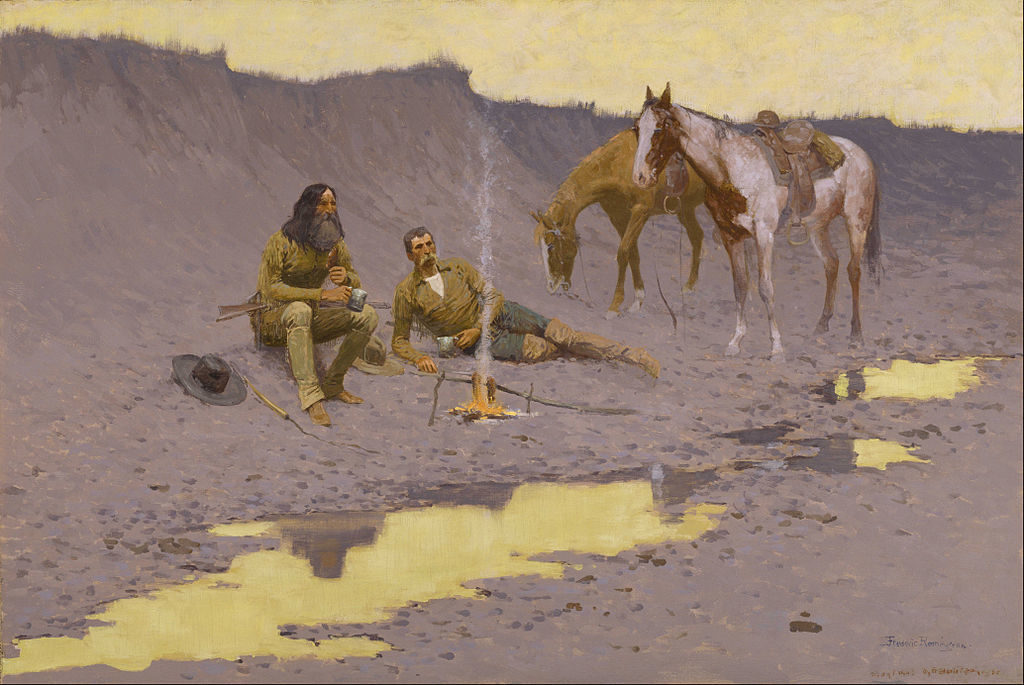
This is the fourth installment in our series about tracking taken from “Mountain Scouting – A Hand-Book for Officers and Soldiers on the Frontiers” by Edward S. Farrow, 1881. Farrow describes tracking horses and how you can tell the speed and the condition of their travel. If you missed the first three installments, please click the links below.
The Difficult Art of Tracking – Part 1
The Difficult Art of Tracking – Part 2
The Difficult Art of Tracking – Part 3
Read more
This is the third installment in the tracking series taken from “Mountain Scouting – A Hand-Book for Officers and Soldiers on the Frontiers” by Edward S. Farrow, 1881. If you missed the first or second, please follow along in the links listed below. In this segment, Farrow recounts how he discovered who was encroaching upon his camp at night and stealing the camp’s supplies.
The Difficult Art of Tracking – Part 1
The Difficult Art of Tracking – Part 2
Read more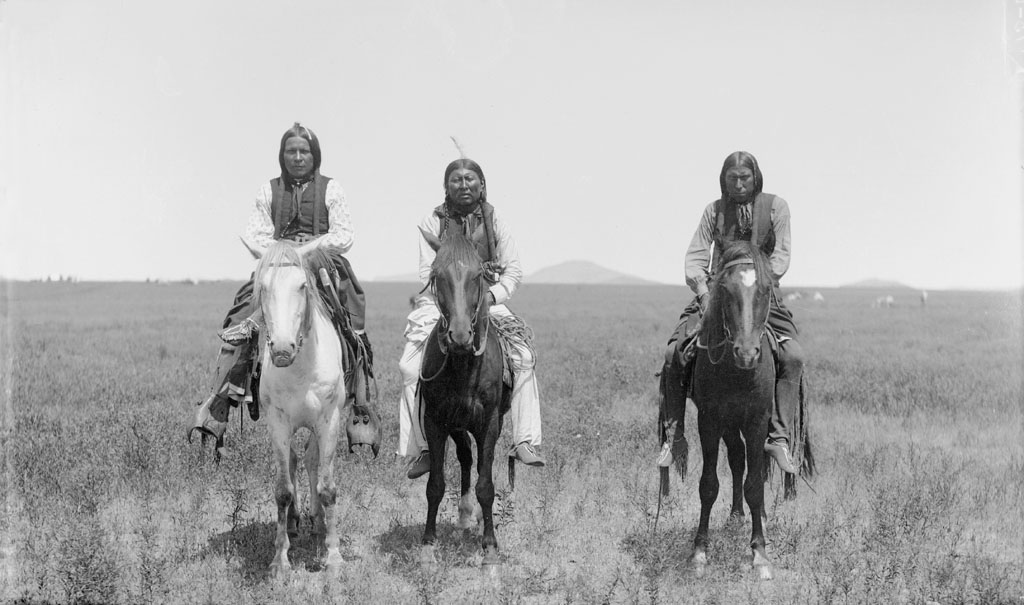
This is the second installment in a series about tracking taken from “Mountain Scouting – A Hand-Book for Officers and Soldiers on the Frontiers” by Edward S. Farrow, 1881. If you missed the first, please follow along here. Farrow concentrates on how to differentiate tracks and how to determine the age of a trail in this segment.
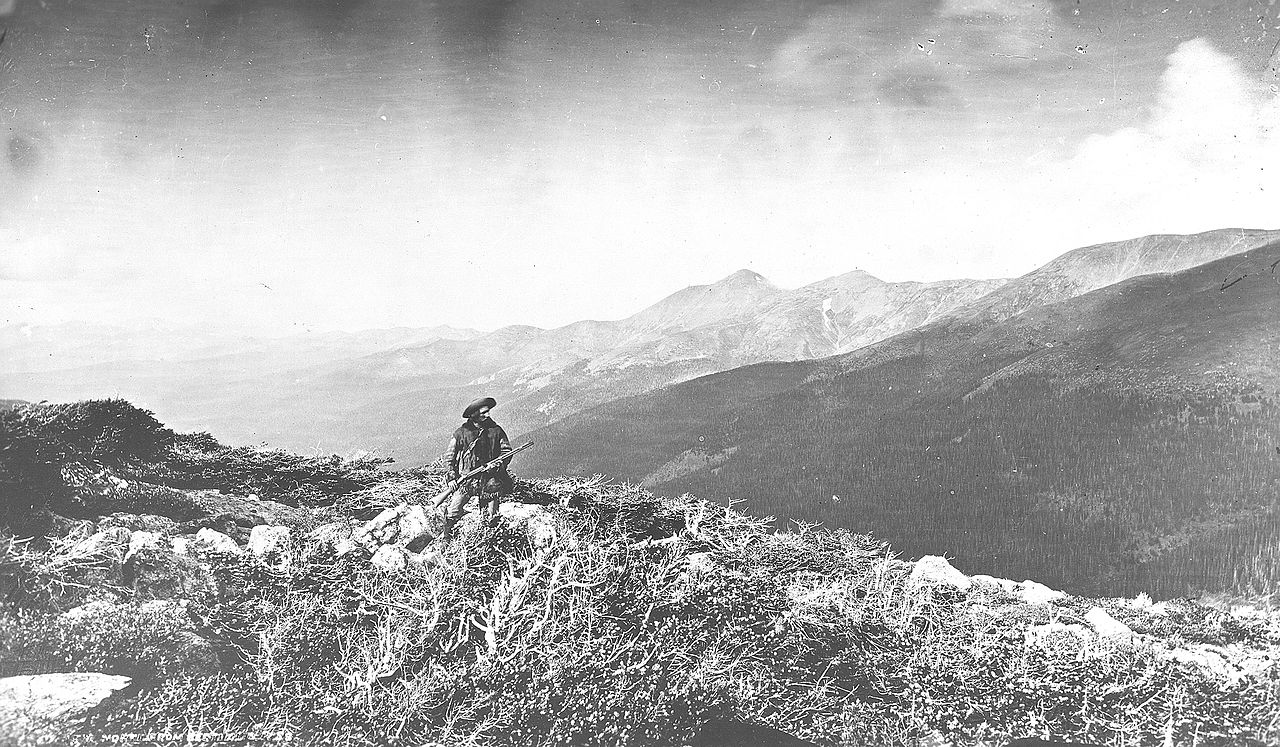
Being a fan of Daryl Dixon on The Walking Dead, I was curious how you learn to become a tracker. I found some information on the subject in the book “Mountain Scouting – A Hand-Book for Officers and Soldiers on the Frontiers” by Edward S. Farrow, 1881. I’ll break the information I found into segments. The content isn’t politically correct by today’s standards but taken in the context of the times, it makes for an interesting read. I found the Indian usage of stone mounds to be a particular point of interest. Let me know if you have any additional tips on the subject in the comments.
Read moreIn October I went on a trip to Niagara-on-the-Lake, Ontario and made an excursion up to Ball’s Falls for their Thanksgiving Festival. There were a lot of great machines on display from the era this blog concentrates on. I’ll be uploading videos of these as individual posts so that if you know any details about each machine they can be added in the comments and discussed.
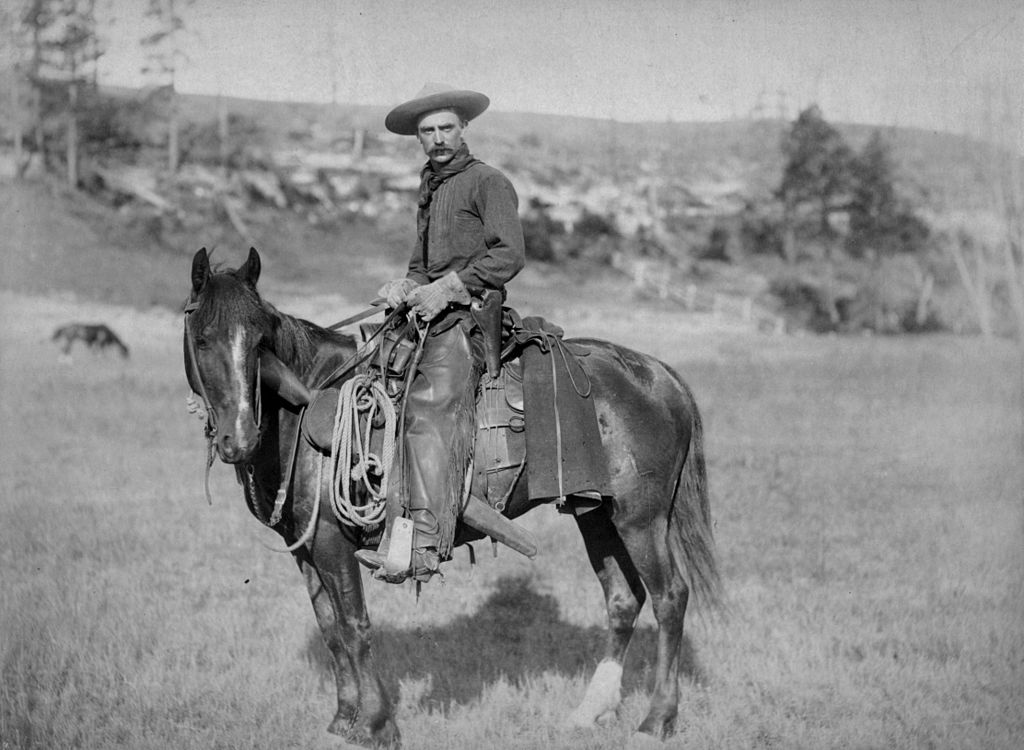
I haven’t included a recipe in awhile and always wondered how to make sour dough bread – or Ranchman’s Bread. This was found in “Camp Cookery – A Cookery and Equipment Handbook for Boy Scouts and Other Campers” by Ava B. Milam, A. Grace Johnson and Ruth McNary Smith, 1918.